|
By: Deni O'Brien Domestic violence itself is a threat to the safety of a victim, but some aggravating circumstances increase their risk of being greatly harmed or murdered. It's important to recognize these warning signs and educate victims on the threat this poses to them and the importance of fleeing. A couple of main indicators of a high lethality risk in abusive relationships are strangulation incidents and weapons in the home.
When a victim of domestic violence calls our crisis line for help, there are typically several things they are trying to solve at once. Often, they call about resources for shelter, long-term housing, employment, childcare, financial support, or filing for a protection order. Because a victim's health is often the last thing on their mind when fleeing and trying to tackle so many other things, we, as Victim Advocates, must take the time to address this with victims and assess for any health needs. When discussing the different types of abuse a victim has experienced, we listen carefully for any disclosure of strangulation or head injuries. Any history of strangulation puts a victim at higher risk of homicide at the hands of their abuser. Of women who experience intimate partner violence, 68% will experience near-fatal strangulation (Training Institute on Strangulation Prevention). The chance of homicide increases by 750% for victims who have experienced strangulation, compared to victims who have never been strangled (Training Institute on Strangulation Prevention). Strangulation means the obstruction of airflow and blood vessels in the neck, meaning loss of consciousness can happen within seconds, and death can occur in minutes. When a victim survives an incident of strangulation, they may experience damage to their throat tissue, memory loss, vision issues, psychosis, brain damage, and even death weeks after the incident due to respiratory complications or blood clots. Typically, victims and their loved ones are unaware of just how seriously strangulation should be taken and that their lives are at risk. Assessing if a victim has experienced strangulation from their abuser and educating them on the impacts can be a matter of life or death. A second thing Victim Advocates are on high alert for is if there are any weapons in the home. As Victim Advocates, we are not just asking if the abuser has threatened the victim with weapons. We want to know if the abuser even owns or has access to firearms. The presence of a gun in domestic violence situations increases the risk of homicide for women by 500%. More than half of women killed by gun violence are killed by family members or intimate partners (National Domestic Violence Hotline). Even after a victim has successfully fled abuse, people willing to commit homicide against their victims often will not be stopped by a protection order. Once we hear any mention of a weapon, safety planning is of utmost importance to protecting the lives of victims and their loved ones. A victim is not able to address something they are unaware of. The more knowledge they have, the better they can understand what this means for their health and safety. If you or somebody you know is experiencing domestic violence, we highly encourage you to reach out to our crisis line and connect with a Victim Advocate. We are here to educate victims, assist with their needs, and change the course of their lives. We want to see every victim we encounter become safe, healthy, and self-sufficient. By: Cheyenne Taylor and Sandra K. Ziebold When discussing crime and prevention in domestic violence, we must discuss escalation. Escalation describes when abuse intensifies, either suddenly or gradually. It can also include perpetrating another form of abuse. Victims might stay with their abusers because they believe they can "handle" the abuse. They think things will improve and be how they used to be or blame themselves. When abuse escalates, victims might start realizing they do not have control and feel trapped in the relationship. Escalation also occurs when victims are considering leaving or have attempted to end the relationship. Reports show that 75% of all serious injuries in abusive relationships happen when the victim ends the relationship (National Domestic Violence Hotline). Identifying abuse is happening is the first step to getting help, but finding the courage to leave with limited self-confidence can be extremely challenging. We encourage victims to connect with supportive services to plan their exit, discuss the abuse to build their network, speak with professionals, and take necessary belongings when fleeing. Abuse thrives behind closed doors. Perpetrators of domestic violence rely on the silence of their victims to keep them trapped in the cycle of violence. As allies, we can all be there to listen and believe victims who come forward to report, seek help, or talk about their experiences. Our efforts here at Beacon of Hope Crisis Center are heavily focused on those most at risk of violent domestic violence victimization. In partnership with law enforcement, we are helping to reduce violence and the chance of felony assaults and domestic homicides by working to intervene early before domestic violence escalates. Providing victims with intervention and prevention services helps to reduce crime in our community. It can take approximately seven attempts before a victim permanently leaves an abusive partner. Many factors are at play, and the risk of death is highest when fleeing. The earlier we can intervene and provide mitigation options for all the barriers facing these victims before the violence escalates, the better for us all. The harm to pets, children, and primary victims is exponential, and with each passing day and traumatic incident, the damage compounds. It's more than the horrific long-term trauma, physical life-altering harm inflicted on many and the risk of death; it is also the shaping of the minds and behaviors of the silent witnesses to these crimes. Many children are at significant risk because they witness this model of unhealthy relationship behavior, and sadly, many then become victims or abusers. We must do all that we can to help break the cycle. By intervening early, we can help the primary and secondary victims by giving them the chance for a new, safe life free from the grip of domestic violence. When we can intervene early and get victims safe before domestic violence escalates, we are helping to reduce violence and the chance of felony assaults and domestic homicides. Beacon of Hope Crisis Center served 1,430 new victims of crime in 2022. While serving those new victims, we provided 35,580 case management services and 12,022 follow-ups to existing survivors seeking services. To better serve those in need in our community, we continue to enhance our services, intake process, and accessibility. Out of the 1,430 new victims that requested assistance, two hundred and three disclosed that they were homeless, thirty-four that they were in a same-sex relationship, one hundred and twenty-seven had a disability, sixty-eight had limited English, twenty-eight were undocumented, six were deaf, six were veterans, and forty-eight were pregnant. Six hundred and eight out of the one-thousand four-hundred and thirty cases had children living in the home, and two-hundred and three of the one-thousand four-hundred and thirty had DCS involvement where the child/children were the victims of domestic violence and/or sexual assault or witnessed the violence. Domestic violence is not just physical. It can be emotional, verbal, financial, psychological, sexual, spiritual, and social. Often, in the cycle of abuse, as abusive situations escalate, things do become physical. The prevalence of head trauma and events of strangulation are unfortunately high in this population. It makes screening for brain injury in the intake process when working with individuals who have experienced domestic violence crucial. Too frequently, this is not identified or not identified timely and prolongs the suffering of those who have sustained this trauma. As mentioned earlier, we continue to improve our intake process. This is very exciting because we are asking the right questions, and we need to ask them to intervene in a timely manner. This means that our enhanced intake process is identifying those who have sustained head and neck trauma and strangulation victimization faster. When a victim meets the criteria for critical medical imaging and potential brain injury assessment, we educate them about the medical emergency and refer them for critical medical services. This is a life-saving measure, and we are so proud of this innovative approach! In addition to our intervention and prevention services giving victims access to safety and services and helping to reduce the escalation of crime by abusers, it also can lead to reduced runs by law enforcement to 911 domestic calls. Every time an officer responds to a domestic, the risk of harm to the officers increases with each repeat call because violence escalates. Additionally, men who strangle women are the most dangerous men on the planet. Data shows that cop killers and mass murderers almost always have a history of strangling victims. According to Casey Gwinn, President and Co-Founder of Alliance for Hope International, “Domestic violence stranglers, usually after being trauma-exposed children, are the why of mass murders, and guns are the how." We must intervene as early as possible; we must continue to try to intervene as many times as needed. We must offer prevention services and provide access to everyone; that is critical to mitigate barriers. In 2022, our agency served 301 new victims who reported strangulation victimization in one year. We continue to see a high monthly average of those we serve reporting strangulation victimization. Our intervention and prevention services unequivocally are vital to crime reduction, and a collaborative multi-disciplinary approach is how we best serve those in need. One of the main ways we intervene and prevent further violence is by educating victims on escalation, dangers of strangulation, safety planning, and much more. The more knowledge a victim has in their pocket, the better they can anticipate their abuser's actions, what that means for their safety, and how to respond accordingly. Victims unaware of the dangers often experience multiple strangulation events and think they are OK. They might experience behavior changes, headaches, vision issues, and other symptoms due to the trauma to their head and neck. Victims often turn away the option of seeking immediate medical care due to a lack of education and knowledge about the risks they are facing. We are here to help victims learn, access help, and change the course of their lives. In many cases, we prevent felony assaults and domestic homicides.
By: Cheyenne Taylor and Savannah Archer Victims of domestic violence endure a high percentage of stalking and harassment victimization during and after a relationship ends. Beacon of Hope Crisis Center saw a 47% increase in victims who experienced stalking and harassment from 2020 to 2022. Specifically, technology-facilitated abuse has been on the rise. Victims have reported abusers tracking their phone activity and location through apps, tracking their physical location with the use of Tile Trackers and Apple Air Tags, improper use of other GPS devices, monitoring inside their homes with hidden cameras, misuse of doorbell cameras for surveillance, and other devices manipulated to perpetrate abuse. Our agency can now assist with checking a victim's vehicle for tracking devices; if found, that information can be reported and added to a protective order request for the court's consideration. We are also seeing victims report that abusers are using different apps to send messages when phone numbers or emails are blocked. Stalkers use apps such as social media platforms, banking, school sites, and other sites that don't always have traditional means of blocking content. Victim advocates complete training to help victims create technology and social media safety plans. There is no time to waste when it comes to securing accounts. Technology abuse is prevalent in our increasingly digital society. When abusers cannot access victims in person, they often use technology to monitor, harass, and stalk the victims. This gives abusers more access to perpetrate harm without disrupting their own lives and responsibilities. In one study, the National Network to End Domestic Violence reported that 71% of abusers monitor victims’ device activities, and 54% download stalkerware onto their partners’ devices. It is debilitating for a victim's mental health and affects their ability to utilize technology how the average person does: to take a break from their stressors. When the victim spends significant time at home, like following a medical procedure, working remotely, or during a global pandemic, abuse can become more pervasive. Reports show that the pandemic increased the rate and severity of technology abuse experienced. The pandemic also impacted abusers’ free time due to the loss of employment and working from home, which allowed them to modify or explore technology in new ways to harm victims. Technology abuse has been on the rise, and as technology develops and changes, so will the methods that abusers use to cause digital harm. Commonly, technology abuse can look like tracking devices, harassing messages, demands for intimate pictures or photos, and publishing private information about the victim. Spoofing is another example of technological abuse where the abuser disguises their messages or phone number to impersonate someone or to get around blocked contact settings. We are focused on enhancing prevention and safety planning for all victims at risk of technology-facilitated abuse. Senate Bill 161 passed, and Indiana now has a new law, unlawful surveillance. This bill adds a prohibition against using a tracking device to the list of conditions a court may impose when issuing a protection order. It also increases the penalty for stalking to a Level 5 felony if the offense is committed using a tracking device. A person who knowingly or intentionally places a tracking device on an individual or the individual's property without the individual's knowledge or consent commits unlawful surveillance, a Class A misdemeanor, unless certain exceptions apply, and increases the penalty to a Level 6 felony if the person is the subject of a protective order or has certain prior convictions. This change in the legislature establishes sentence enhancement if a person uses a tracking device to commit or facilitate the commission of a crime. Beacon of Hope Crisis Center will continue to advocate for victims, adapt to the changing times, and request improvements in the legislature to hold abusers accountable.
Criminal Justice Advocacy "I connected with a victim of domestic violence after receiving a police report. The victim had been shot by their abuser and needed assistance with establishing safety and coping with the trauma they experienced. Their abuser has used weapons as a scare tactic throughout their relationship, and the violence has escalated tremendously.
Once connected with the victim, I introduced myself and explained the services provided at BOHCC as well as their rights as a victim. We discussed how they could stay updated on the criminal case. I also gathered additional information about the situation so I could have a complete understanding to better assist the victim. As we were talking, the victim became emotional and started to cry. I immediately stopped asking questions and focused on what the victim needed in that moment. I actively listened to their concerns and how they were feeling. They were frustrated by everything and felt pressured by others. The victim shared with me that they felt as if their feelings were not valid. They were being told how they should feel about the situation and this was causing them to be confused about their own thoughts. I quickly validated their feelings and expressed that they are the only one who went through this experience, so they are the only one who can know what to think about it. I discussed counseling and ensured they had the information for BOHCC’s counselor. The victim started to calm down and felt relieved to hear that their concerns and thoughts are valid. They hadn't been able to be open with someone about the situation, and they were grateful to have someone to talk to about everything. The victim thanked me for listening to them and validating their feelings. They appreciated having someone to talk to without feeling judged. The victim has felt a lot of pressure from various sources and needed to share their thoughts without judgment. I was happy to be a support for the victim and listen actively to their concerns. I will continue to work with the victim as they progress towards safety and self-sufficiency. It feels rewarding to be an outlet that victims can vent to and to be able to provide a comfortable space for them to share their thoughts." Victim Advocate - Beacon of Hope Crisis Center If you or a loved one needs supportive services for domestic violence or sexual assault, call our confidential crisis line at 317-731-6140. In the case of an emergency, contact 9-1-1 immediately. If you would like to learn more about the work we are doing, register and join us during our Virtual Summit on October 26th. #DVAM By: Kaylee Kriese Complex PTSD is a condition that survivors of abuse might experience as they heal and recover from trauma. It is defined by the National Domestic Violence Hotline as “layers of psychological, emotional, verbal or physical abuse [that] compound, never allowing the mind to catch a break to properly process and heal the trauma from one traumatic event before there is another.”[1] This often happens with domestic violence victims because, as we’ve seen time and time again, abuse is often a repeated offense.
Those who are actively experiencing complex PTSD may respond to triggers of abuse in various ways, from ignoring the problem to becoming irritable without knowing why. They may even experience dissociation, panic attacks, all-consuming flashbacks, nightmares, or hypervigilance.[1] Beacon of Hope Crisis Center has focused much of our attention on helping survivors address these issues. We offer counseling and referrals for mental health needs. Speaking with a trained professional can truly make a difference in the healing process. We also encourage caring for your physical and mental needs. Our blog explores a variety of ways to practice self-care. Be kind to yourself. Unlock your creativity. Accept and acknowledge your feelings. The list goes on. While these are critical steps one must take in healing, we know that when you hear the same thing said in the same way too much, it gets repetitive. It loses its meaning. So, this October, we want to remind anyone reading this that we know your story is unique to you alone, and no one can understand what you’ve been through better than you. Still, we are here to help you through any trauma you may be experiencing, especially as topics of domestic violence surface to the forefront of our minds on social media this month. We’ve said it time and time again: healing is not one-size-fits-all. Healing is an individualistic process that takes time and effort, and it doesn’t start with us; it starts with you. At Beacon of Hope Crisis Center, we work alongside you to create a personalized map to understanding and working through feelings of self-doubt, anger, resentment, hopelessness, and heartbreak. If you or a loved one are seeking help, take the first step and call our confidential crisis line at (317) 731-6140 today. If you are in immediate danger, please call 9-1-1. [1] https://www.thehotline.org/resources/breaking-free-from-ptsd/ By: Shelby Bubnick Every 98 seconds, an American is sexually assaulted.* The prevalence of sexual assault is alarming, and it affects more than the primary victim. Sexual assault can also affect the friends, family, and community of the survivor. If your loved one has been sexually assaulted, it is normal to feel upset, or at a loss for words. In some cases, you may be the first person the survivor has told. This may put pressure on you as you search for the right things to say and do. Consider the following when responding to a loved one that is disclosing they have been sexually assaulted.
Advocates at Beacon of Hope Crisis Center are trained to assist victims of sexual assault by providing support and education. Learn more here. If you would like to speak with an advocate, please call our crisis line (317)731-6140. By: The Beacon of Hope Team We want to say thanks to our Speedway PD partners for a really great meeting this week. The energy and excitement felt by both our teams was inspiring. The Chief and our CEO agreed on a renewal partnership through 2020. Speedway Police Department Captain Jason Dierdorff and Sergeant Mirantha Hockemeyer and Beacon of Hope Crisis Center CEO Sandra Ziebold and Director of Victim Advocacy Tiffany Wilson met and reviewed victim services data and engaged in lots of victim services focused conversation. We brought a total of 45 crisis bundles for adults and children that the officers will have on hand for victims of domestic violence and sexual assault crimes. In a moment of fleeing to be safe victims often leave with nothing. These crisis bundles will help meet immediate needs in the community of Speedway. "We want the Speedway community to know we share a passion for helping victims of crime. Beacon of Hope Crisis Center and Speedway PD work together to ensure services are available to victims of domestic violence and sexual assault crimes. Intervening early saves lives. Reach out if another is asserting power and control over you and you are afraid. We can help you." - Sandra K. Ziebold, CEO Beacon of Hope Crisis Center By Savannah Tipton  Victims of domestic violence and sexual assault are regularly in situations where they cannot go home or gain access to basic items. To lift this burden, we are constantly preparing crisis bundles to serve those immediate needs. Creating a crisis bundle can be geared to the specific needs of a victim seeking services or preemptively prepared for victims with a general stock of commonly used items. It is important to think about a victim’s perspective and unique needs when preparing a crisis bundle. Crisis bundles should be prepared with a demographic and geographic location in mind. When making crisis bundles it is helpful to include items that are relevant to the weather or season. For example, when preparing bundles during a season of rain or faced with cold weather adding items such as hats and gloves may be beneficial. When preparing crisis bundles for hot and sunny weather add sunscreen or sunglasses. Everyday items that are taken for granted could easily benefit victims in need. Other considerations when making crisis bundles might include the variance in victims age, ethnicity, gender, if they have children, etc. Crisis Bundles Include:
Items for the crisis bundle are placed in reusable bags that can also contribute to meeting a victim’s needs. Encouraging items could include cards, notebooks, magnets, etc. with sayings such as “You Are Strong” “Think Positive” “Smile” or “Believe in Yourself.” There is no one size fits all way to make a crisis bundle, you may add or take out items to more effectively meet a victim’s needs. On average, a crisis bundle can be made with a small donation of $25. We need your help! You can provide a crisis bundle for a victim each month by signing up for our easy give monthly membership. Easy give memberships provide ongoing funding for essential programs offered by Beacon of Hope Crisis Center. Your monthly donations will go directly towards assisting victims of domestic violence and sexual assault. Sign up for an easy give monthly membership today! |
About this blog
This blog is about our domestic and sexual violence crisis center, Beacon of Hope. We hope you find it full of helpful information, motivation, creativity, serious facts and positivity. We hope that it will help you know what is happening in our center, in our community and with our events. We hope you follow our blog in support of our organization and our mission. Archives
October 2024
Categories
All
|
|
CAREER opportunities © 2024 Beacon of Hope Crisis Center Privacy Policy Accessibility Statement Training Portal Login |


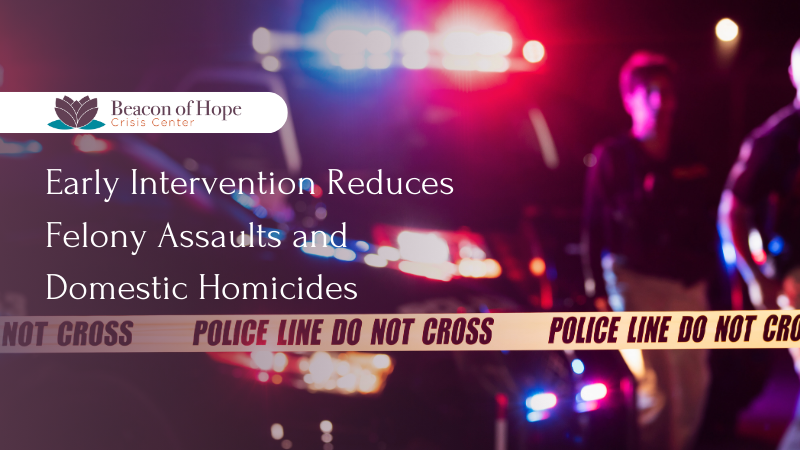
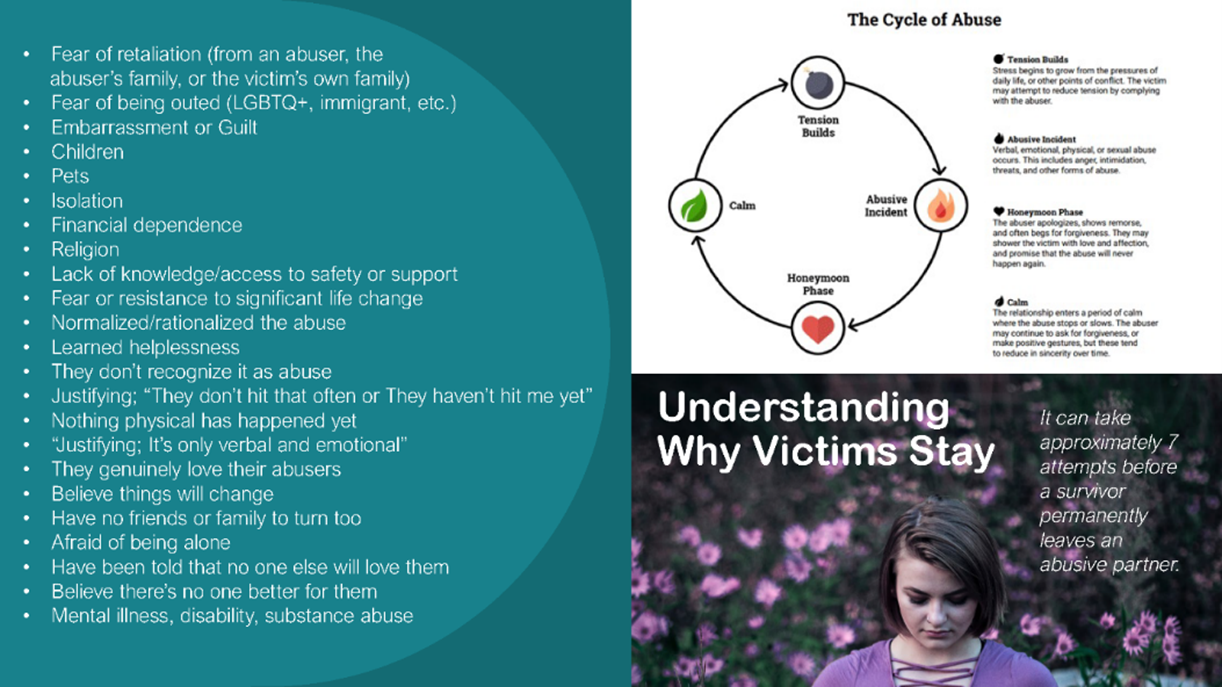

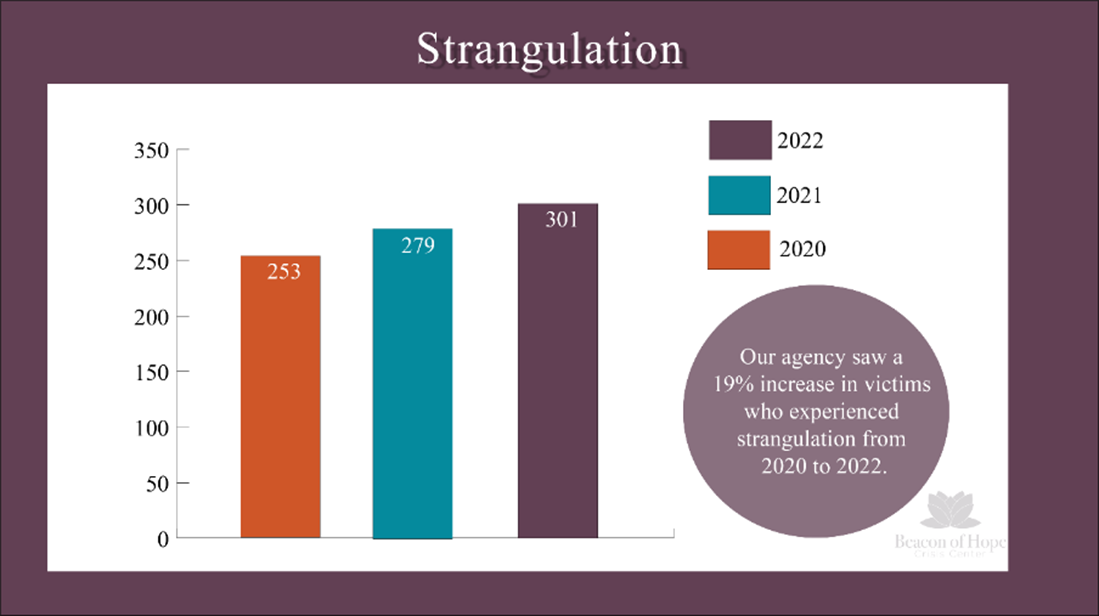
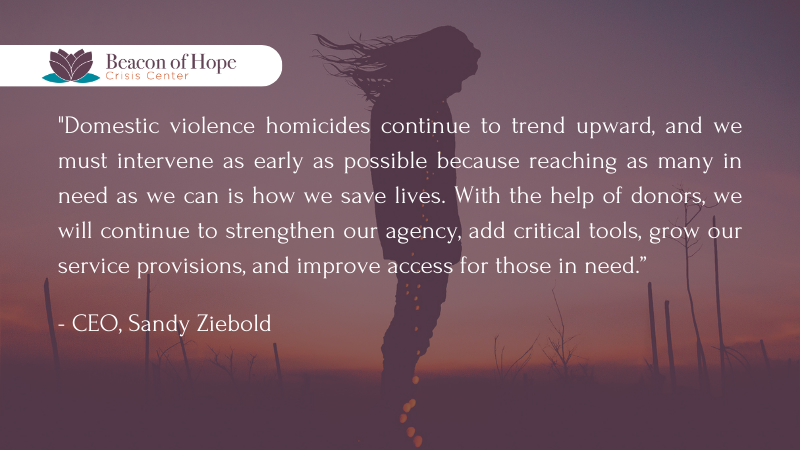
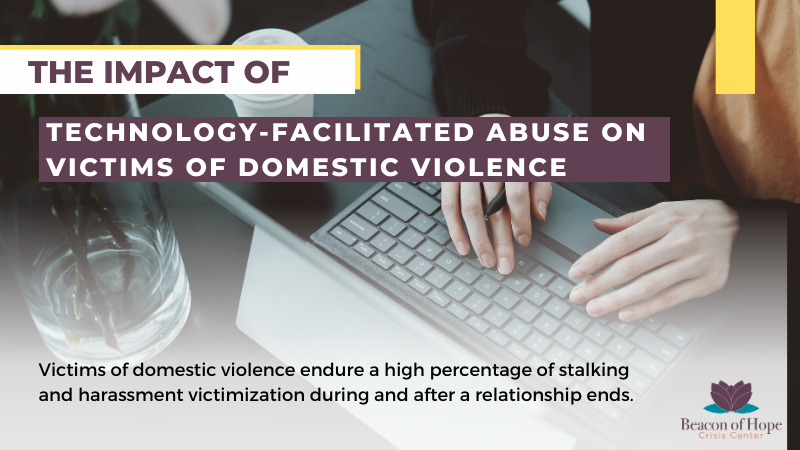
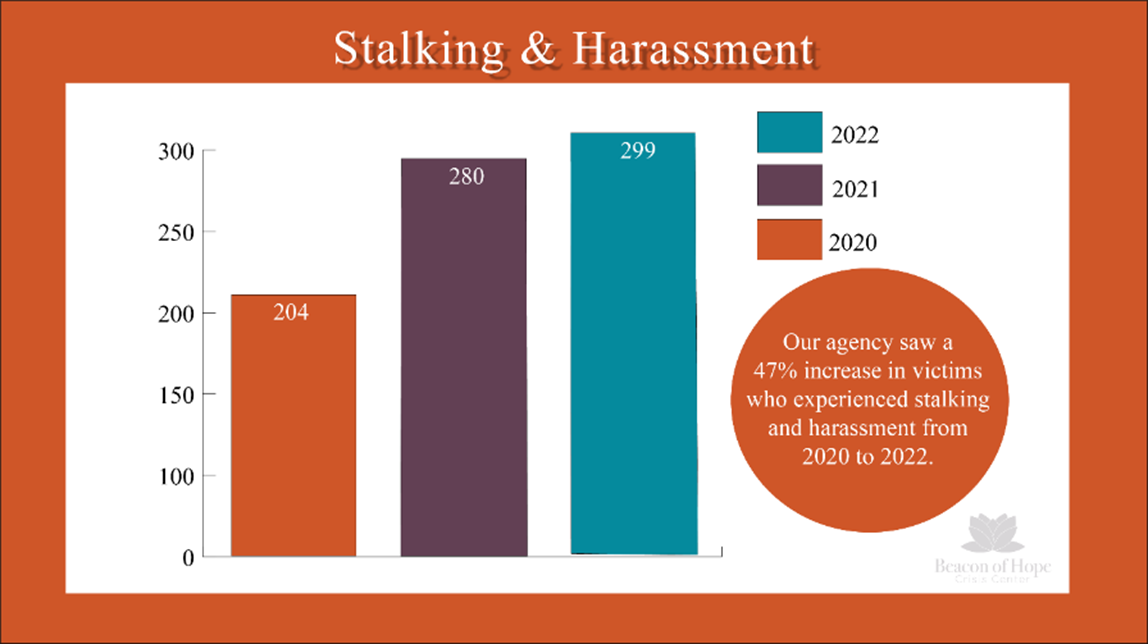

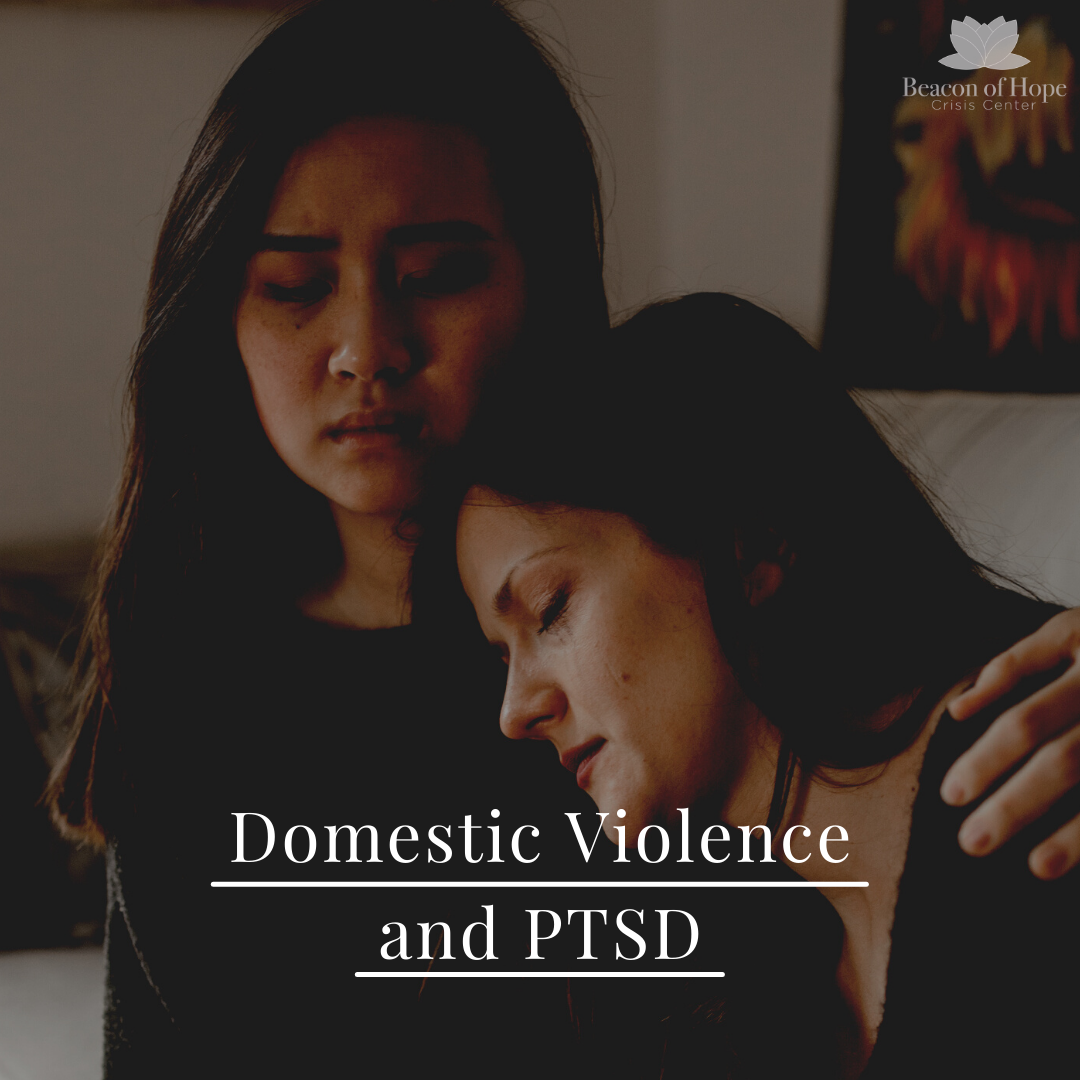

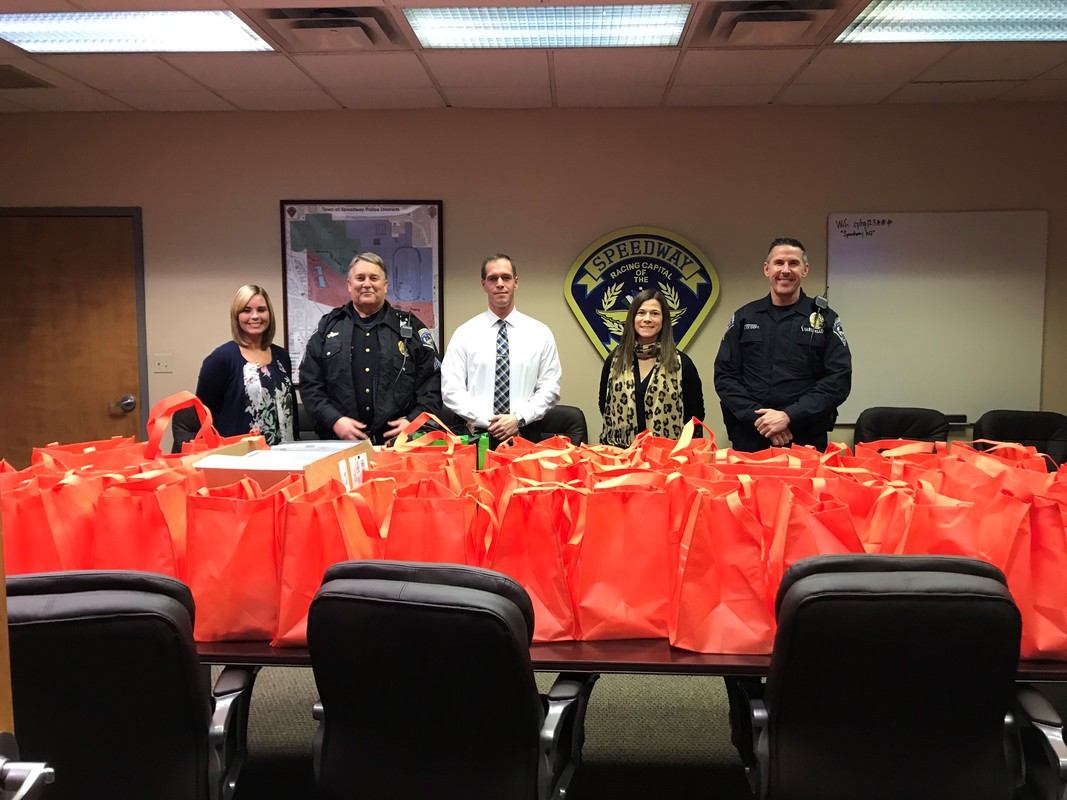



 RSS Feed
RSS Feed